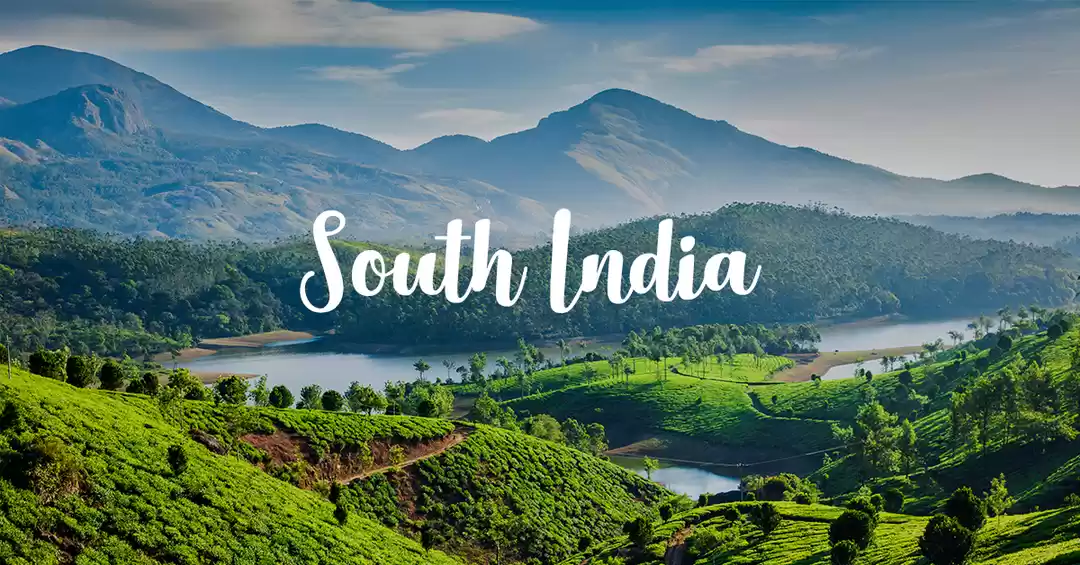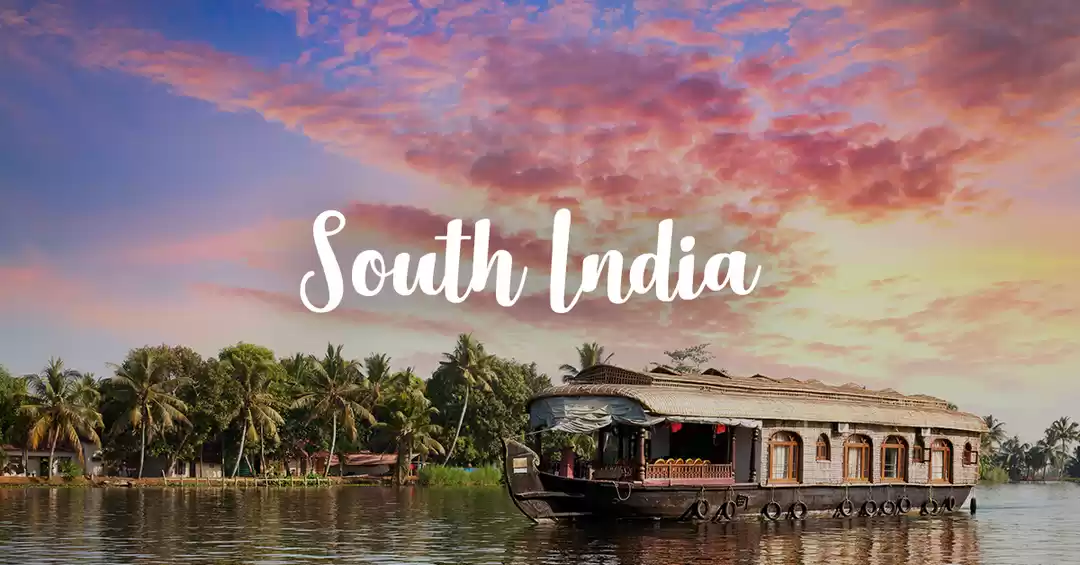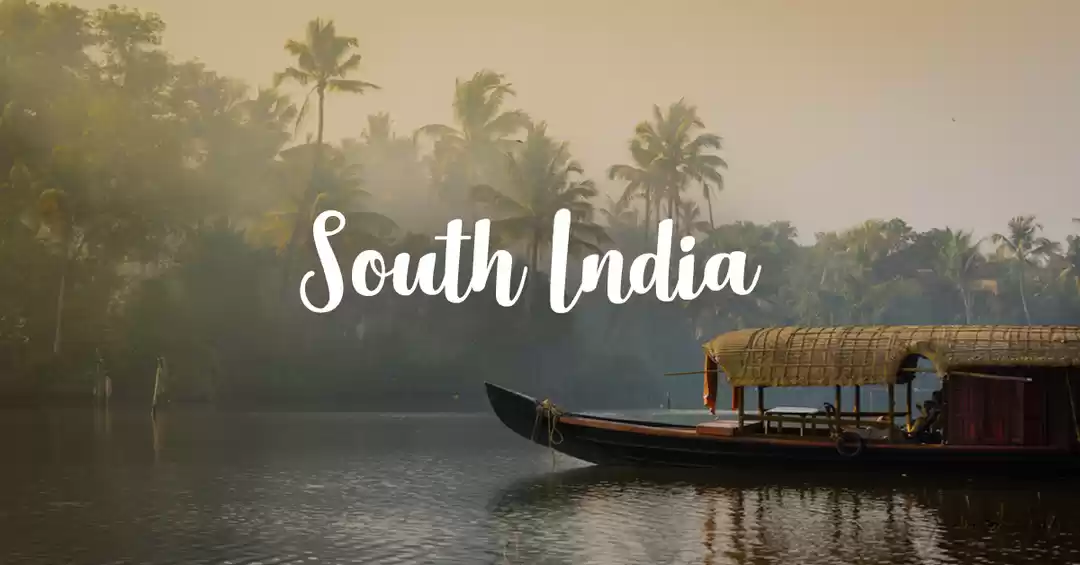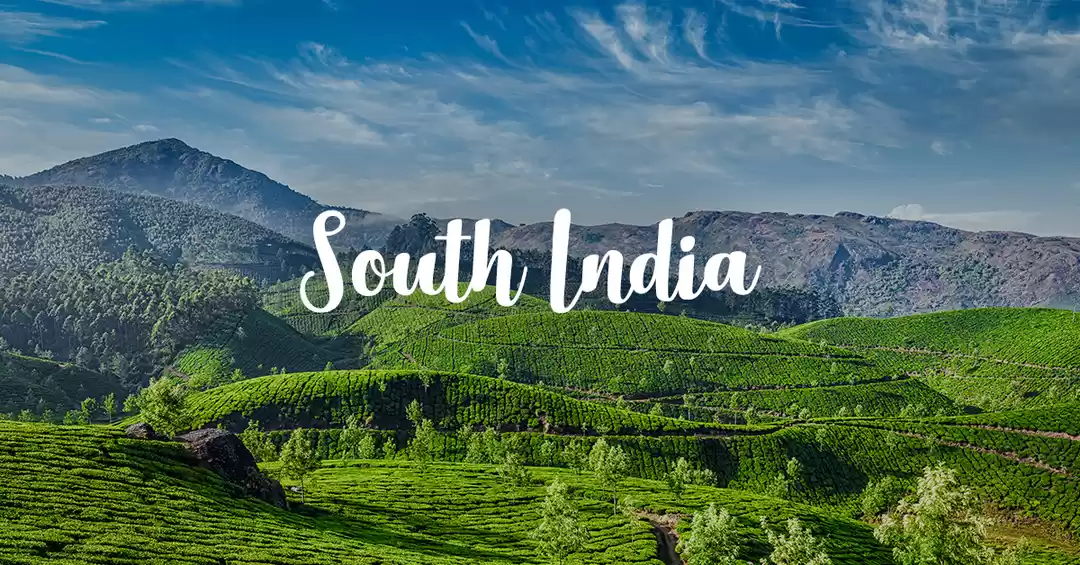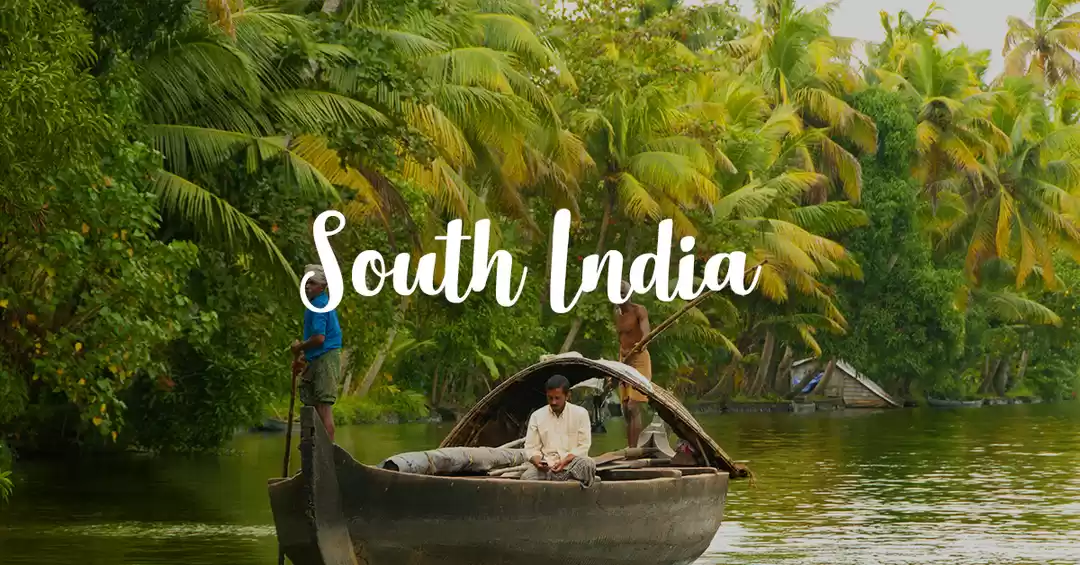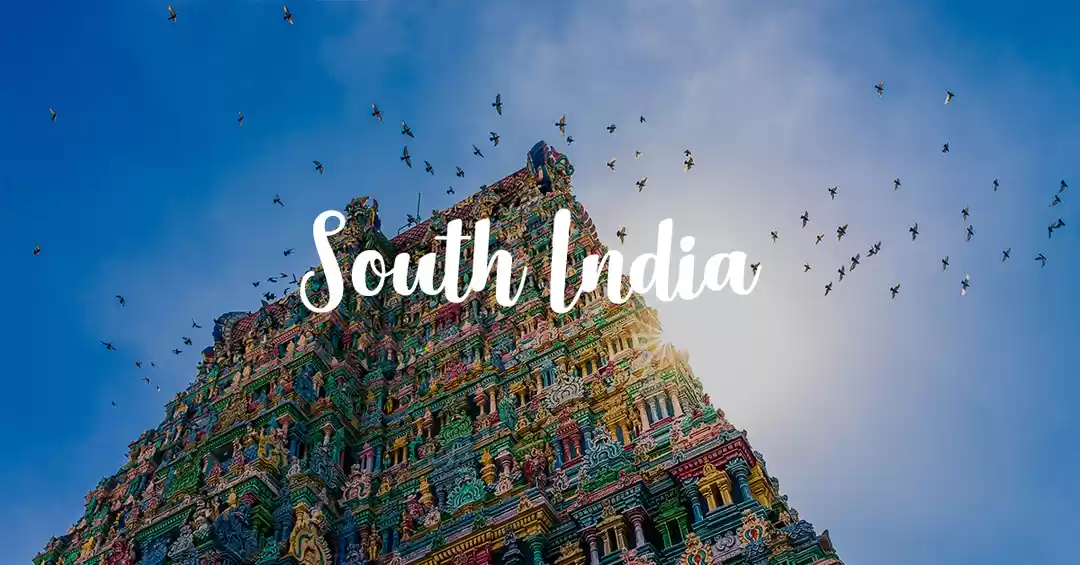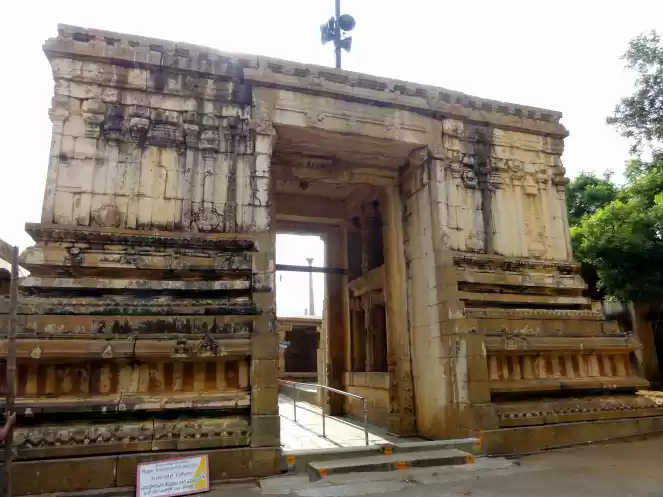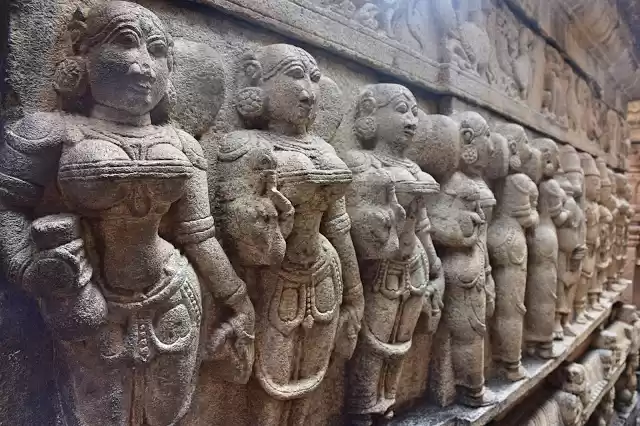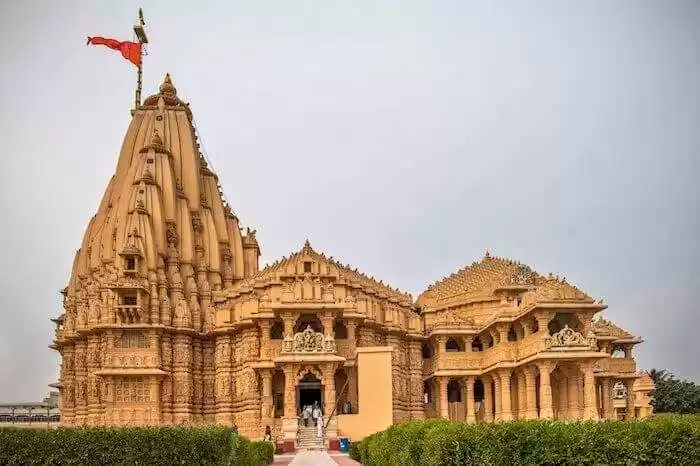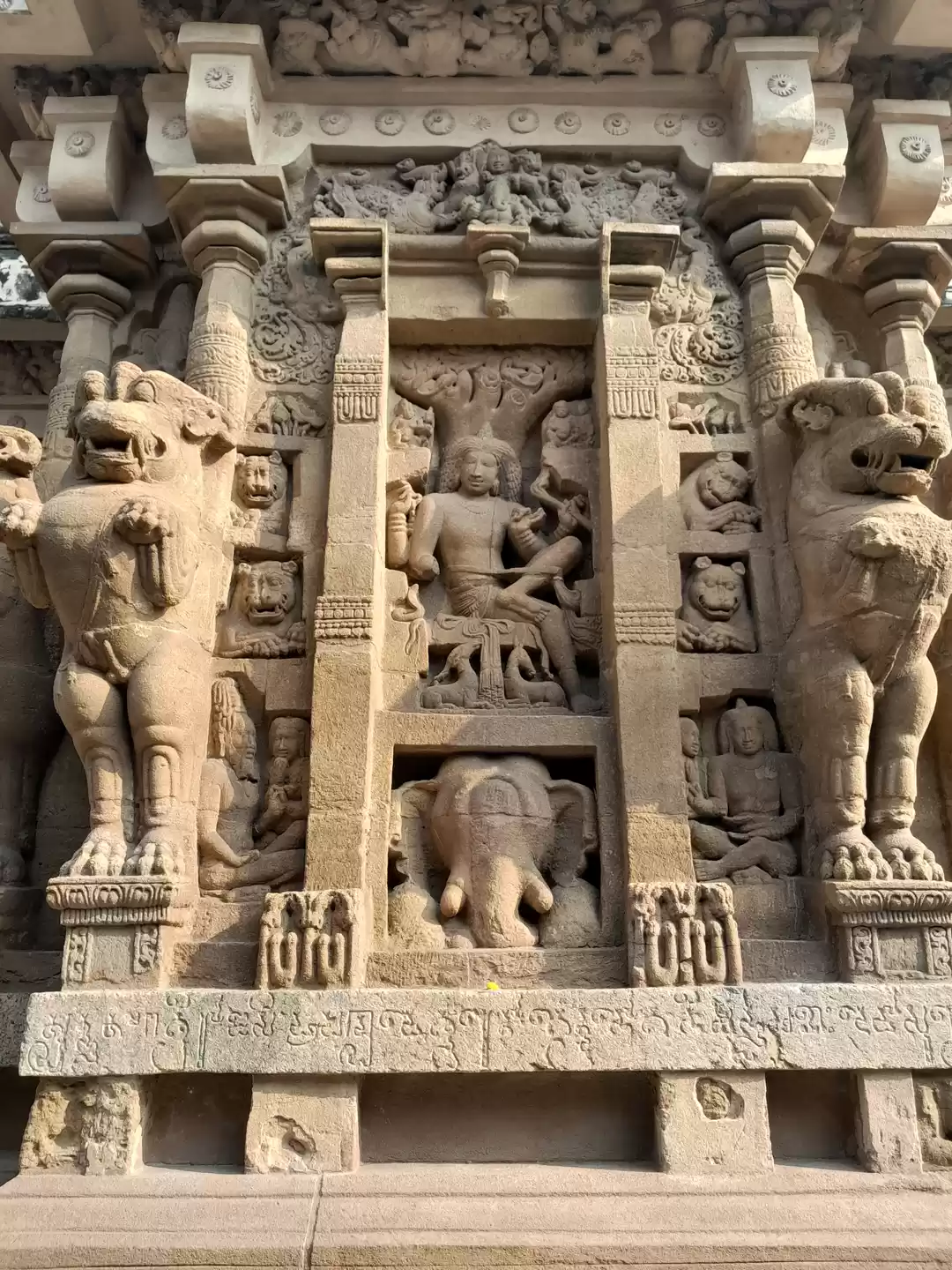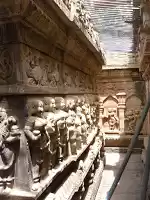









This amazingly beautiful 9th century Shiva temple is located at the foothills of Nandi hills, 60km from Bangalore city, Karnataka.
This incredible Dravidian style temple was built by the Nolanda dynasty and later taken over by the Ganga, Chola, Hoysala, Vijayanagar, Mysore dynasties and finally by the British. The temple now comes under the management of the Archaeological Survey of India and is open for all.
The temple has two main shrines for the Arunachaleswara and Bhoga Nandeeshwara. There is another small shrine dedicated to Uma-Maheshwara. Each of the pillars and walls of the temples are intricately carved and depicts the mythological stories about Lord Shiva, Goddess Parvati, Lord Vishnu, Goddess Lakshmi, the Fire God, Lord Brahma and several other Gods and Goddesses
It is believed that the Arunachaleswara temple represents the childhood stage of Lord Shiva while the Bhoga Nandeeswara shrine represents the youth of Lord Shiva.
The third shrine, Uma-Maheshwara shrine, represents the third stage - the marriage of Lord Shiva and Goddess Parvati.
There is a massive temple tank situated in the complex. The tank has descending steps and is also called the Sringeri Teertha. The tank is decorated with lamps during festival seasons as it is believed that the tank is a source of River Pinakini.



